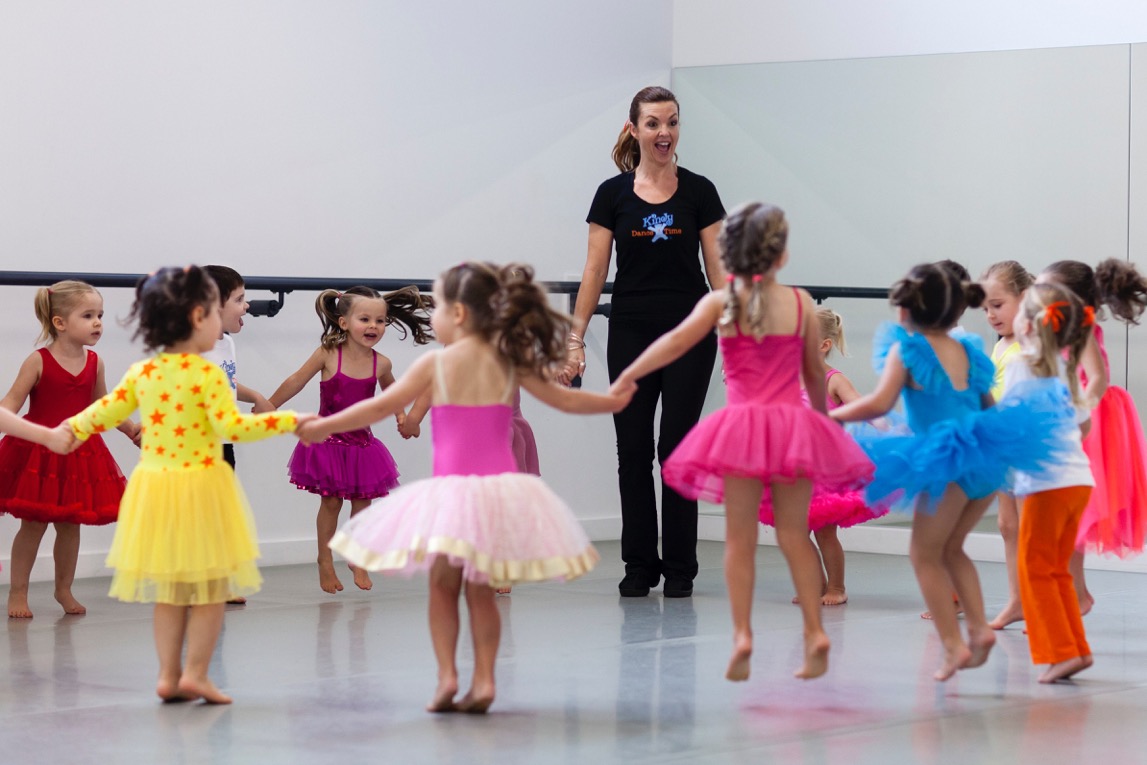An Open Letter to Governor Jay Inslee:
Let me begin by sharing my gratitude for your quick and decisive actions during the COVID-19 pandemic. Your deference to medical experts and their scientific expertise has undoubtedly saved many lives. While this most recent round of closures was necessary, I wish to address the misclassification of dance as a “low risk” youth sport, which resulted in the shuttering of youth dance schools. While this matter may seem trivial in the grand pandemic scheme, let me assure you, it is vital from my perspective as a pediatrician, mother, and once upon a time, a young performer.
More than ever, self-expression through the arts is essential to the health and wellbeing of our children. The exposure risk inside youth dance studios is on par with that of private schools, which have successfully remained in operation. Dance schools, which provide children with an education in the performing arts, can and should be classified accordingly and re-opened.
As you weigh this issue, I urge you to consider for a moment what CAN be done for our ailing children rather than what cannot.
Luckily, science is on our side. Research shows children are less infectious — they do not transmit the virus as readily as adults — as well as far less likely to become ill if exposed. After scouring scientific studies from around the world, I can find no reports of confirmed disease transmission among children wearing face coverings during dance participation.
As you are already aware, pandemic-related toxic stress—repetitive and persistent activation of the body’s fight-or-flight response—has damaged the mental, emotional, and physical health of our children. Their worlds have been turned upside down at a critical time when their brains are growing and changing greatly. Experts predict 1 out of every 3 elementary students in America will experience the loss of reading and writing skills due to the consistent school absences. Children are more sedentary than ever before. Sitting in front of a screen has replaced playing outside. Children desperately miss their friends. They are coping poorly with the interminable isolation, as indicated by the increased use of suicide hotlines and other mental health resources.
Dance is a discipline that accommodates the American Academy of Pediatrics “return to school” guidelines: physical distancing, use of face coverings, individual screening, cleaning and disinfection, and adequate ventilation.
Logistically, dance rooms tend to be large open spaces allowing for adequate distancing and ventilation. Floors are marked with tape to ensure dancers maintain proper spacing. Youth dance instruction focus on stretching and technical body movement, an anaerobic endeavor, making mask usage reasonable and enforceable. Students face in the same direction, minimizing face to face contact. There are very few high touch surfaces involved. Dance instruction uses little to no equipment. Waiting areas, lobbies, and dressing rooms are closed. Dance studios can deny participation to anyone not meeting illness screening criteria to keep others safe.
Formal dance training requires intensive education, methodical practice, and professional supervision to avoid injury. The interruption of a rigorous dance education results in loss of the requisite strength and dexterity young dancers have spent years attaining. While many youth sports can be enjoyed outdoors safely, wet, uneven surfaces are extremely hazardous for a ballerina, especially one working “on pointe.”
In addition to universally endorsing and following CDC recommendations for temperature screening, mask wearing, and social distancing, studios instituted a “pod” rotation system. For example, if a studio has 100 enrolled students, a class of 10 students is divided into two pods, which alternate being in-studio one week and on zoom the next. Therefore, one dancer comes into contact with the same students consistently over time and exposure to others is limited.
Dance training has been scientifically proven to improve physical and emotional health, foster creativity and socialization, and enhance the cognitive development of children. For adolescents in particular, dance boosts self-esteem and confidence while reducing emotional distress and mental health issues. By providing a structured outlet for healthy physical and emotional release, they learn to build trusting relationships, think critically, and mature emotionally. However, long-term sustainable results require continuous participation.
Please re-open dance schools catering to children under the age of 18. Exploration and instruction in the arts is an essential part of a balanced education. The COVID-19 pandemic has taken a great deal from our children. For some, dance training provided the only sense of normalcy in their lives. The science, logistics, and compliance of dance professionals has demonstrated this decision is not only safe, but also likely life-saving.
Thank you for your time and consideration on this matter.
Niran S. Al-Agba, MD
